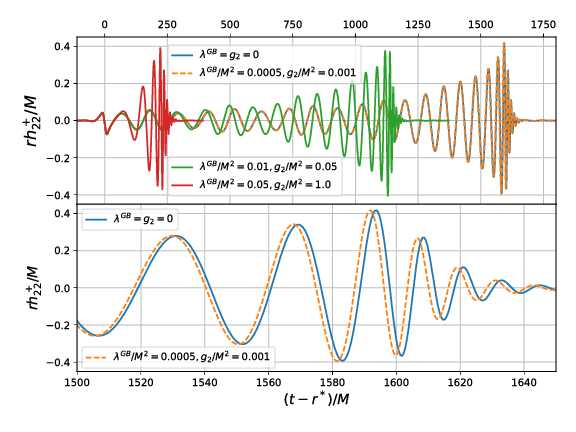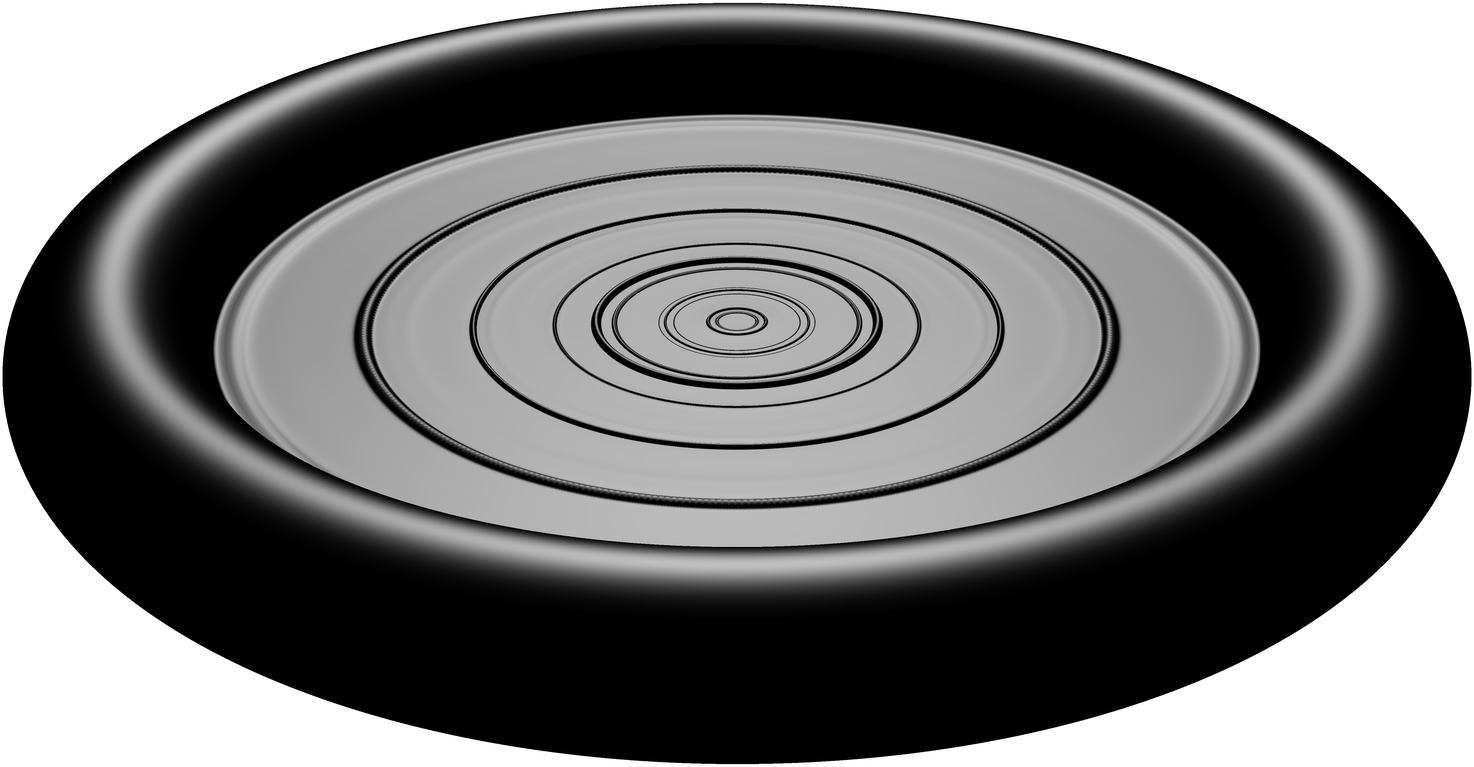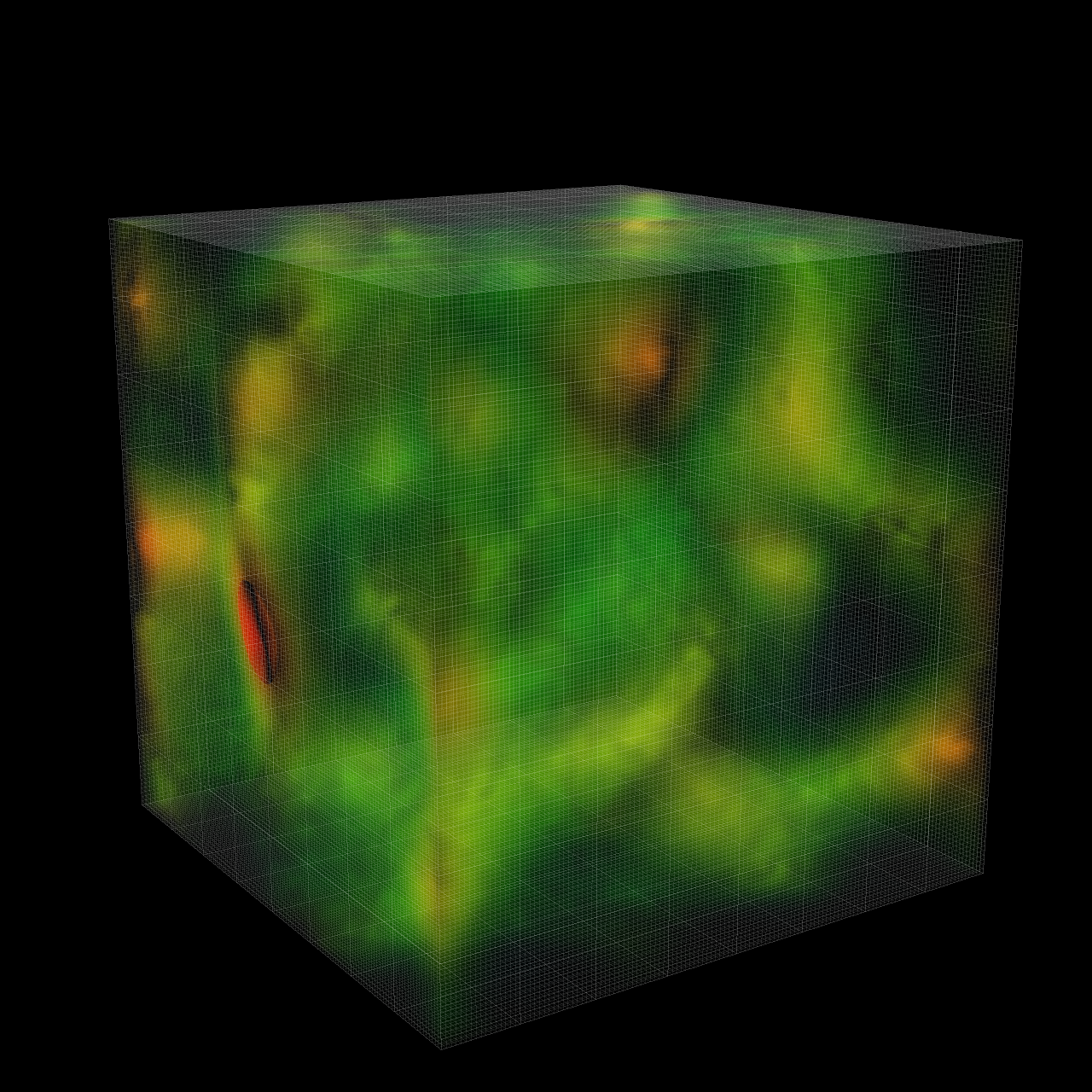Numerical and Mathematical Relativity
Studying the equations of General Relativity and beyond, both analytically and with state-of-the-art simulations.
Novel numerical and mathematical approaches can shed light on the structure and stability of spacetimes in general relativity and gravitational theories beyond it. This understanding can help us to answer questions about why the Universe has the features it does, and how generic these are in similar types of gravitational theories, spacetimes with different asymptotic behaviours or higher dimensional spacetimes.
For instance, mathematical studies of the well posedness of gravitational theories and associated numerical techniques have recently been applied in testing fundamental physics using gravitational waveforms from binary black holes. Researchers from the GWI have contributed significantly to these advances, building on their role as key developers of the numerical relativity code GRChombo.
Key questions
Rigidity of black holes
- Is the Kerr family the only asymptotically flat, stationary, vacuum black hole spacetimes?
- Similarly, is the Kerr-AdS family the only asymptotically Anti de Sitter, stationary, vacuum black hole spacetimes?
- Highlighted publication: Unique continuation from infinity for linear waves
- How is the asymptotic behaviour of the gravitational field encoded in the initial data?
- How generic are the standard assumptions used in the analysis of Bondi-Metzner-Sachs (BMS) charges and gravitational memory effects?
- Highlighted publication: Polyhomogeneous expansions from time symmetric initial data
Beyond GR theories:
- How can we achieve well posed formulations of modifications to Einstein's theory of general relativity?
- How do such modifications manifest in gravitational waveforms?
- Highlighted publication: Well-Posedness of the Four-Derivative Scalar-Tensor Theory of Gravity in Singularity Avoiding Coordinates

Black hole environments:
- What are the structures that form around black holes when they are immersed in dark matter or other matter beyond the Standard Model particles
- How do such structures impact on gravitational waveforms, and can this be distinguished from other effects like modified gravity?
- Highlighted publication: The effect of wave dark matter on equal mass black hole mergers

Higher dimensional spacetimes:
- Is cosmic censorship unique to 3+1D and how is it broken in higher dimensional spacetimes?
- What are the instabilities that give rise to naked singularities and are they generic?
- Highlighted publication: End Point of the Ultraspinning Instability and Violation of Cosmic Censorship

- How can we make use of spinorial techniques to prove new geometry inequalities?
- How can we use geometric inequalities and other geometric invariants to extract physical information from dynamical black holes?
- Highlighted publication: New spinorial approach to mass inequalities for black holes in general relativity
- How can we exploit new numerical techniques and develop efficient codes to support investigations of gravitationally theory?
- How can we solve the non linear, coupled, elliptic equations that must be satisfied for gravitational theories?
- Highlighted publication: Solving the initial conditions problem for modified gravity theories
Cosmological spacetimes:
- By what processes can very inhomogeneous cosmological spacetimes reach the homogeneous state of our current universe?
- Can modifications to general relativity help or hinder these processes?
- Highlighted publication: The Effects of Potential Shape on Inhomogeneous Inflation

Asymptotically Anti de Sitter (AdS) spacetimes:
- Under what conditions can we prove a correspondence between vacuum asymptotically AdS spacetimes and their data on the conformal boundary?
- Can we devise theoretical and numerical methods to reconstruct or approximate the bulk spacetime from given boundary data, or to achieve particular behaviours on the bulk spacetime?
- Highlighted publication: The bulk-boundary correspondence for the Einstein equations in asympotically Anti-de Sitter spacetimes
Relevant Members
Members of the GWI with interests in mathematical and numerical relativity include:
- Llibert Aresté Saló
- David Berman
- Sam Brady
- Katy Clough
- Pau Figueras
- Lidia Joana Gomes Da Silva
- Tong Tong Hu
- Aron Kovacs
- Jordan Marajh
- Charalampos Markakis
- Lorenzo Rossi
- Robert Sansom
- Arick Shao
- Juan Valiente Kroon
- Areef Waeming
- Shunhui Yao
(See Our Members for contact links)
Events and Outreach
- The event Kings and Queens of Gravity was jointly hosted by QMUL and King's College London in March 2023
- K Clough gave a talk titled At the limits of astrophysics at the Royal Institution in April 2023.
- J Valiente Kroon organised a Royal Society SCIENTIFIC MEETING At the interface of asymptotics, conformal methods and analysis in general relativity in May 2023.
- The meeting of the GRTL collaboration will be held at QMUL on 13-14 December 2023.
Highlighted Publications
-
The effect of wave dark matter on equal mass black hole mergers,
J. C. Aurrekoetxea, K. Clough, J. Bamber and P. G. Ferreira [arxiv:2311.18156] - Conformal Methods in General Relativity,
Juan A. Valiente Kroon, available at this link